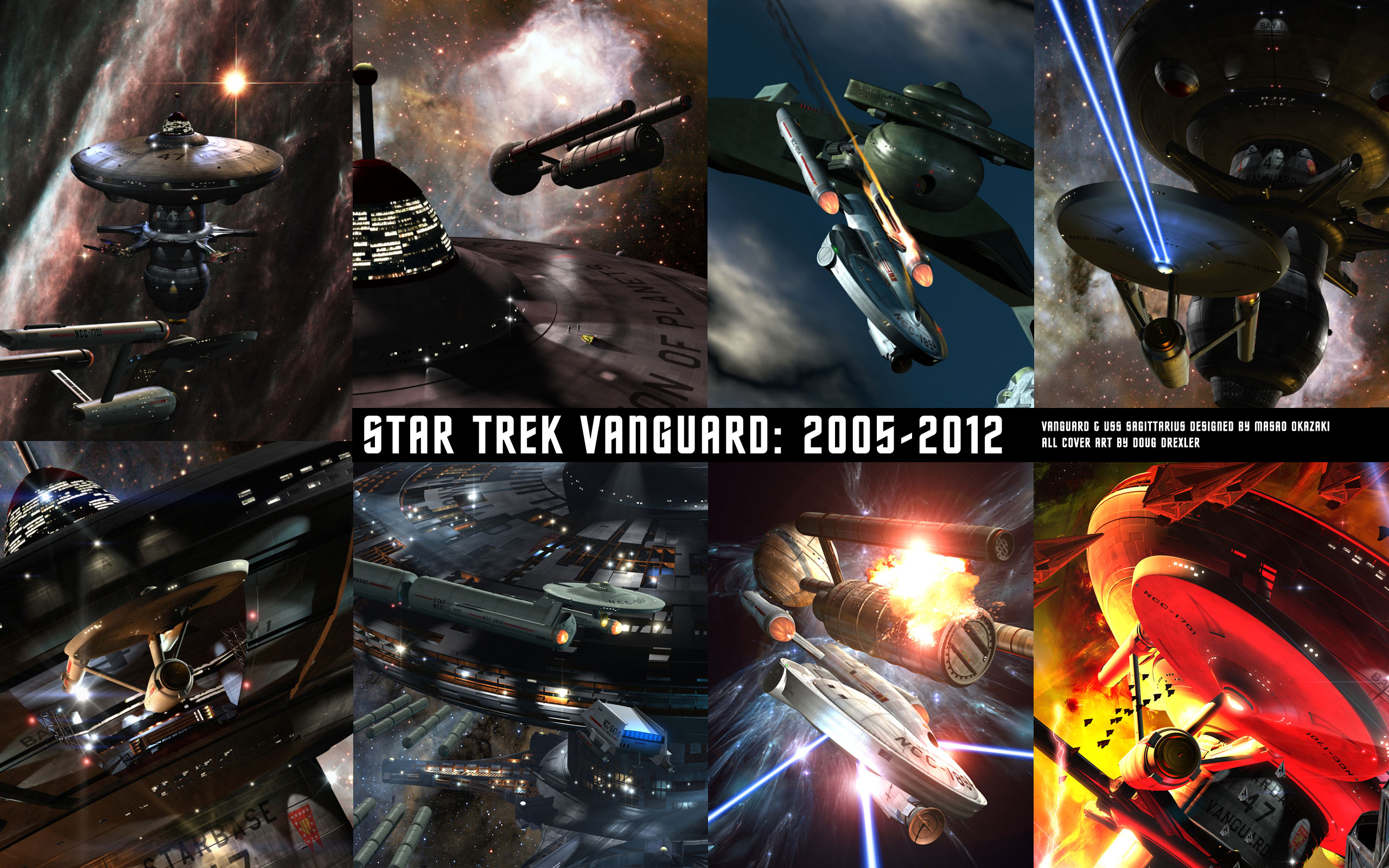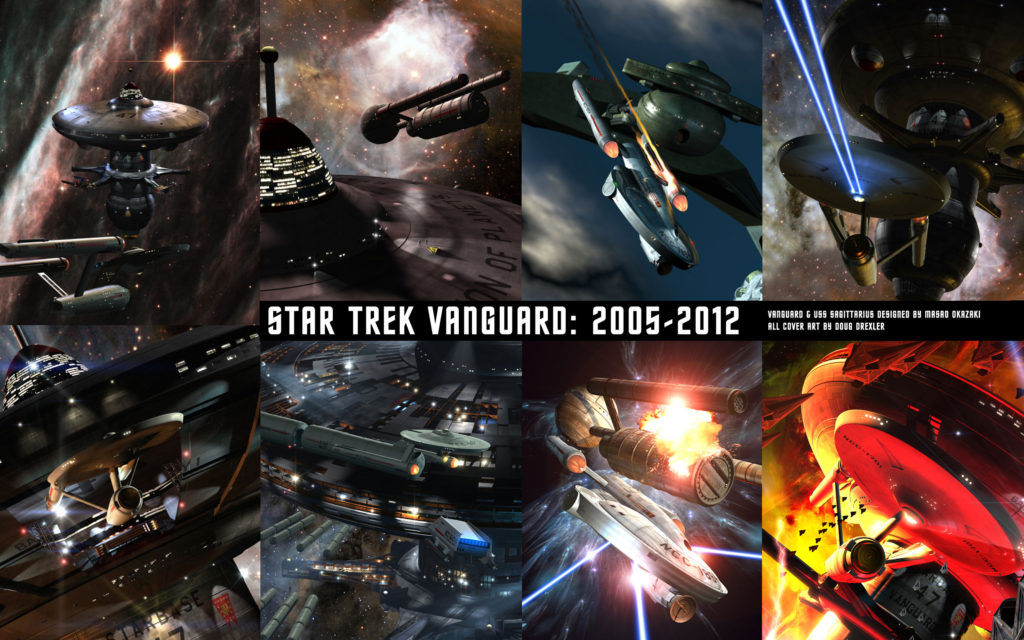 I recently rediscovered this article, which I wrote for Steve Jackson Games’ PYRAMID (still ongoing! Click the link) 15 years ago. I figured I’d throw a copy of it up here, because the advice is still sound.
I recently rediscovered this article, which I wrote for Steve Jackson Games’ PYRAMID (still ongoing! Click the link) 15 years ago. I figured I’d throw a copy of it up here, because the advice is still sound.
I’ll admit it. I am a lazy Gamemaster.
I can’t stand to do tons of advance work, because I know full well that, more often than not, the player’s actions will take the adventure in a direction that I did not anticipate, and a large chunk of that work will be wasted effort.
This pisses me off.
I know it shouldn’t. The work that you put in to designing an adventure or a campaign setting is part of the role of the Gamemaster—and as we’ve all read in the GM section of every game we’ve ever played, Game-masters should be prepared for the players to pull the adventure off the tracks. It still gets on my nerves, though—I hate wasted effort.
Oddly enough, though, despite my lack of interest in massive amounts of preparatory work, I have the good fortune to have been considered, by the several dozen people who have played in my personal campaigns over the past 20 years, to be a pretty good GM.
This is largely because I have figured out one very important skill, and have worked hard to master it. That skill is improvisation.
You’ve heard it before, I’m sure—the adage that a role-playing group is similar to a band of musicians, each playing their own part, and creating a collective work. I’ve noticed that the similarity gets even more specific. A gaming group operates in almost identical fashion to a group of jazz musicians. Lacking any pre-defined structure or script, the individual players rely on impromptu combinations of their individual riffs, which combine to create a complex new composition on the fly.
So, I started to apply the lessons of improvisational jazz to my role-playing.
The first lesson: By careful combination of well-prepared riffs, one can improvise, and if it’s pulled off well, the audience will never quite be able to tell what was rehearsed and what was thought up on the spot.
Apply this to the gaming table. Nothing is established until you commit to it. Until you divulge the information to the players, it is mutable . . . ever-changing. If this is done correctly, your players won’t know the difference. It will all seem as if it had been planned by you from the beginning, part of a grand tapestry that you wove for their entertainment . . . when in reality, they did most of the work, and you merely reacted to them.
As such, I tend to keep a number of “riffs” in my game-mastering repertoire:
“Let’s start at the very beginning . . . a very good place to start.”
–The Sound of Music
If you’ll forgive the show-tunes reference, the beginning actually is a good place to start . . . the beginning of a campaign, I mean.
Here is the first of my improvisational methods: I don’t come up with ideas for campaigns. I come up with ideas for the beginning of a campaign. That’s it. After that, I let the direction of the campaign be created by the characters. Let’s face it-the average playing group has something like 4 players and a GM. It is simple numerical fact that the players have, in the average case, 4 times the imaginative power of the game master. There are simply more of them than there are of you . . . why should you do all the work?
They come up with character concepts . . . why not sit back and have them create the direction of the campaign as well?
What I have done in past campaigns is to create the opening, and then sit back and observe what the players do with it. I then react to what they’ve done, and we’re off and running.
Some examples:
“The King is dead”
I tend to use this opening in games where the player characters are fairly high-powered, both in ability and influence. I’ve used it in GURPS Supers, as well as Vampire.
The set up is this: The players are subordinate to a leader of some kind. You give them an overview of the situation to start play. Then, on the first night, you kill off the leader. You then sit back and watch the fallout.
The players will react to the event. Their reactions will give you a direction in which to take the campaign. One player might try to assert him or herself as the new leader . . . other players might try as well, leading to inter-party conflict. More astute players might start worrying about what the power vacuum will mean to the group’s enemies . . . giving you an opening to throw those very enemies right at them.
The first Vampire campaign that I ever ran, back in 1991, using this opening, and managed to run for over a year and half just on the seeds of stories planted by the actions of the players on that first night of play.
“Why are they after US?”
This is a fun one. I’ve tended to use it in games where the starting player-characters aren’t supposed to know much about what’s going on . . . it lends a bit of tension and action to the discovery that they undertake. I’ve used it in Immortal, Justice, Inc., and 7th Sea.
Here’s the deal. You just come up with a group of bad guys, and have them attack the players. Have them make comments like “at last!” or “Turn it over, scum!” . . . something that indicates that they have a clear reason for the assault.
Do you need to have a reason?
Well, no, actually . . . just be vague. You’ll come up with a reason later, and it will seem like you had it all planned from the beginning. I once had a supernaturally-skilled spearman confront the characters in a wuxia campaign set in a fantasy world based on medieval China. The spearman challenged a single character by name. The player decided “what the hell”, and attacked-doing enough damage to kill a normal man in the first blow. It was then that I decided this was a supernatural NPC-because I found the situation too interesting to resolve so quickly. I gave him the ability to ignore damage from non-magical weapons. During the fight, I adlibbed a line from the NPC, where he referred to the character that he challenged as “Godslayer.” I don’t know where it came from—I pulled it out of the top of my head. It just sounded cool at the time.
When the other characters leapt to the defense of their comrade, I had the supernatural spearman retreat—mostly because I wanted to figure out what his deal was. He had intrigued me—and I had nominally created him!
It turned out, after a few more weeks of play, that the spearman was sent to assassinate the character, because the character IS a Godslayer—but in the future. The assassin was sent back to kill the character BEFORE he slays the god. Yes, I lifted this from The Terminator, adapted it to a Chinese fantasy setting, and let ‘er rip. Not only did it give me a cool sub-plot involving that spearman, but it also gave me the impetus for a full-blown adventure at a later date, where the character actually got to fulfill his destiny, and slay a god.
Remember: Raymond Chandler once said that if a story was getting boring, you should just have two guys with guns kick down the door and come in shooting. It becomes ten times more interesting if it seems like there is a reason for them to be there.
“The Blake’s 7 Gambit”
For those of you who aren’t familiar, Blake’s 7 was a really kick-ass British sci-fi series of the late 70s. I blatantly lifted the set-up of the show for not one, not two, but three different SF campaigns: Star Wars, Periphery (a small press game that I wrote in 1993), and GURPS Traveller.
The campaign starts as follows: The players are prisoners, aboard a vessel of whatever wicked-and-nasty government has locked them up. The ship comes upon a derelict vessel, which the nasty government jailers want to salvage (salvage has historically been a great way for naval personnel to get rich/buy their way out of the service). The vessels link up, but the crews sent over by the prison vessel are never heard from again. The captain of the prison vessel, unwilling to let the salvage go, decides to send over a group of expendable prisoners to secure the vessel and find out what happened to the other crews . . . with no weapons, and wearing “dead-man collars” which will kill them if they attempt escape.
The players have to overcome whatever has been killing off the other salvage crews, figure out a way to take control of the vessel, and evade their captors. Of course, when they discover that the vessel is massively more advanced than anything they’ve ever seen . . . then the fun begins. What will they do with such a resource? Fight for the rights of their fellow oppressed citizens? Become the biggest, bad-ass space pirates the galaxy has ever seen? Don’t worry . . . they’ll show you.
This set-up doesn’t necessarily need to be limited to a sci-fi setting, either-I’m planning on using it for the opening night of my forthcoming 18th century Caribbean pirates campaign (I’ll be using Skull & Bones, the pirates-n-voodoo d20 System supplement that I helped design-which is coming out soon, I will note with a none-too-subtle plug). Take the archetypal Sabatini-esque set-up of the characters are prisoners being transported as slaves to the Caribbean (as was the case in the classic Captain Blood), make the derelict vessel a Spanish galleon (long thought lost in a storm), put some kind of supernatural threat aboard, and Bob’s yer uncle, as the lads on the account say.
“The Inheritance”
This old chestnut started out as a standard Call Of Cthulhu cliché, and since then, I’ve used it in a number of other games and settings, including Castle Falkenstein, Buffy The Vampire Slayer, and Deadlands.
One or more of the characters are approached by a strange pair of solicitors, who claim to be the legal representatives of a recently deceased distant relative. The relative (the cliché dictates that this is almost always an uncle, for reasons which are lost in antiquity) has left the character as the sole inheritor of their estate.
At this point, the contents of the estate can vary—I’ve used everything from a single artifact (a wooden case with a pair of pearl-handled revolvers (Deadlands)), to a strange country manor filled with the detritus of a lifetime of travel and occult experimentation (Castle Falkenstein).
The catalyst for adventure in this case is in how the characters deal with the inheritance. Have strange things happen surrounding it—I usually dispose of the solicitors in some suitably grisly fashion. Have one or more groups of “interested parties” make their presence known, stating their belief that they, not the characters, should be the rightful owners of whatever-the-hell-the-thing-is. If you’ve got some inventive players, you might be lucky enough to spin this into a focus for the entire campaign: a throw-away comment by one of my players in the Buffy The Vampire Slayer game led to the entire campaign being focused on the fact that the inheritance, a small brownstone in New York City, was actually a “dimensional lynchpin”—a location that exists in the same space throughout all dimensions, holding the universe in place. Of course, occasionally there is some overlap, and the right door opens onto the wrong location . . . dimensionally speaking.
That’s part of the secret, right there. Improvise from the actions of your players. As long as you don’t let on that they’re shaping the world, and that you are merely arranging the details, you can make it appear as if you had detailed plans and a clear idea of where the campaign was going from the beginning. The things they do, the things they say-even out-of-character-can give you a foundation on which to build.
The key here is to make sure that you take copious notes during play, rather than before. Make sure you keep a record of everything that has been solidly established (so you don’t violate those in-house “rules” later on), and quickly jot down any possibilities that occur to you as play progresses. Remember that the possibilities only become fact after you’ve presented them as such. You’ll find that as play progresses, some possibilities will naturally grow more likely, as other options are eliminated through player actions. At that point, you can change a possibility to a fact by presenting it during play—or you can completely come up with something else, completely out of left field, that puts an entirely new interpretation on even the previously established facts.
How do you handle things like NPC write-ups? Have some published adventures or supplements standing by, and simply lift the stats from there. Since you won’t know in advance who will turn out to be important, just use this method as a stop-gap measure initially—if the NPC turns out to be more important later on, go ahead and write them up as a unique character, using the initial “lifted” stats as a starting point. Again, unless you let on, your players will never know that the recurring villain who has plagued their every step started out in your notes as “the guy they meet on the docks”, whose stats were lifted from Bartholomew Roberts in GURPS Who’s Who 1.
I keep a bunch of NPC write-ups ready to go, to be plugged in where needed. It’s one of the riffs that I use—like a 4-bar break-down from a jazz pianist, that he slips into the end of an improvised phrase to lend it some weight.
The point here is that your players are more than capable of dragging any carefully prepared story that you have off to hell and gone. Almost every “how to GM” article or section in a rulebook that I’ve read has contained the “be prepared to have your adventure completely screwed up” admonition.
So, if they’re going to do it anyway, why not roll with it? It only takes a couple of things on your part: the ability to think on your feet, and the ability to keep a straight face when they assume that you’d planned it that way all along.
(Article originally published by PYRAMID, July 25, 2003).
PYRAMID is currently ongoing as a PDF magazine — check out the latest issue!














